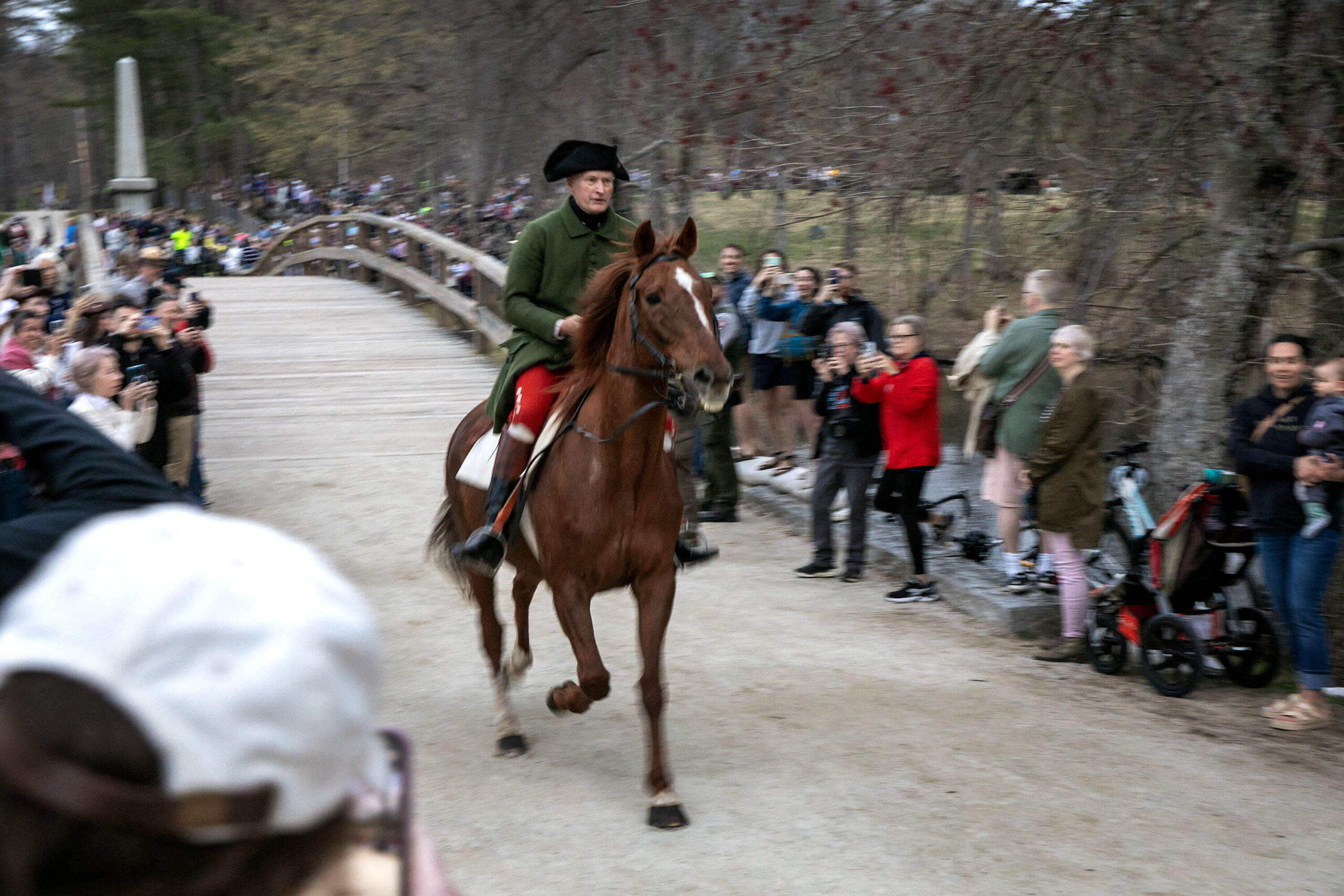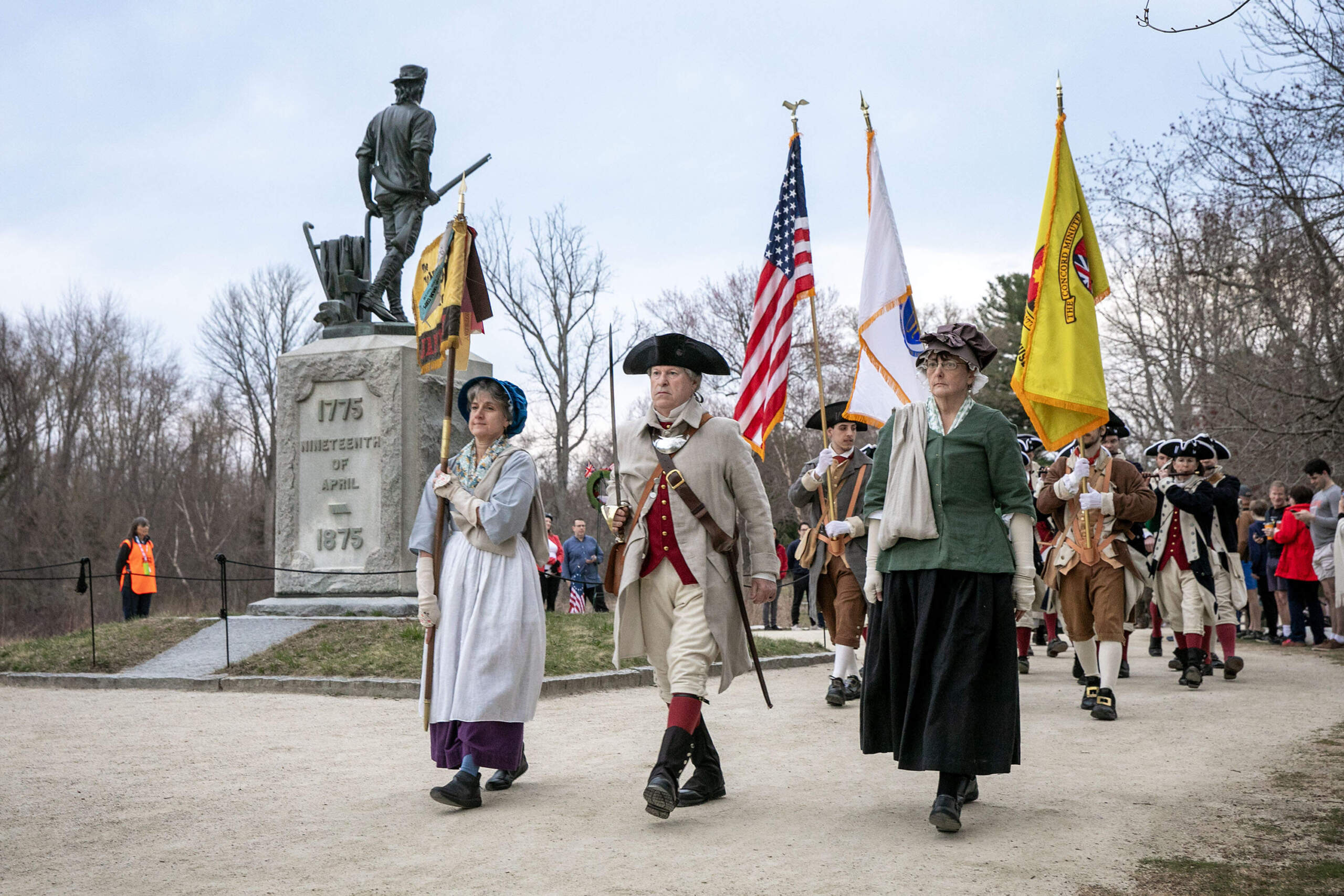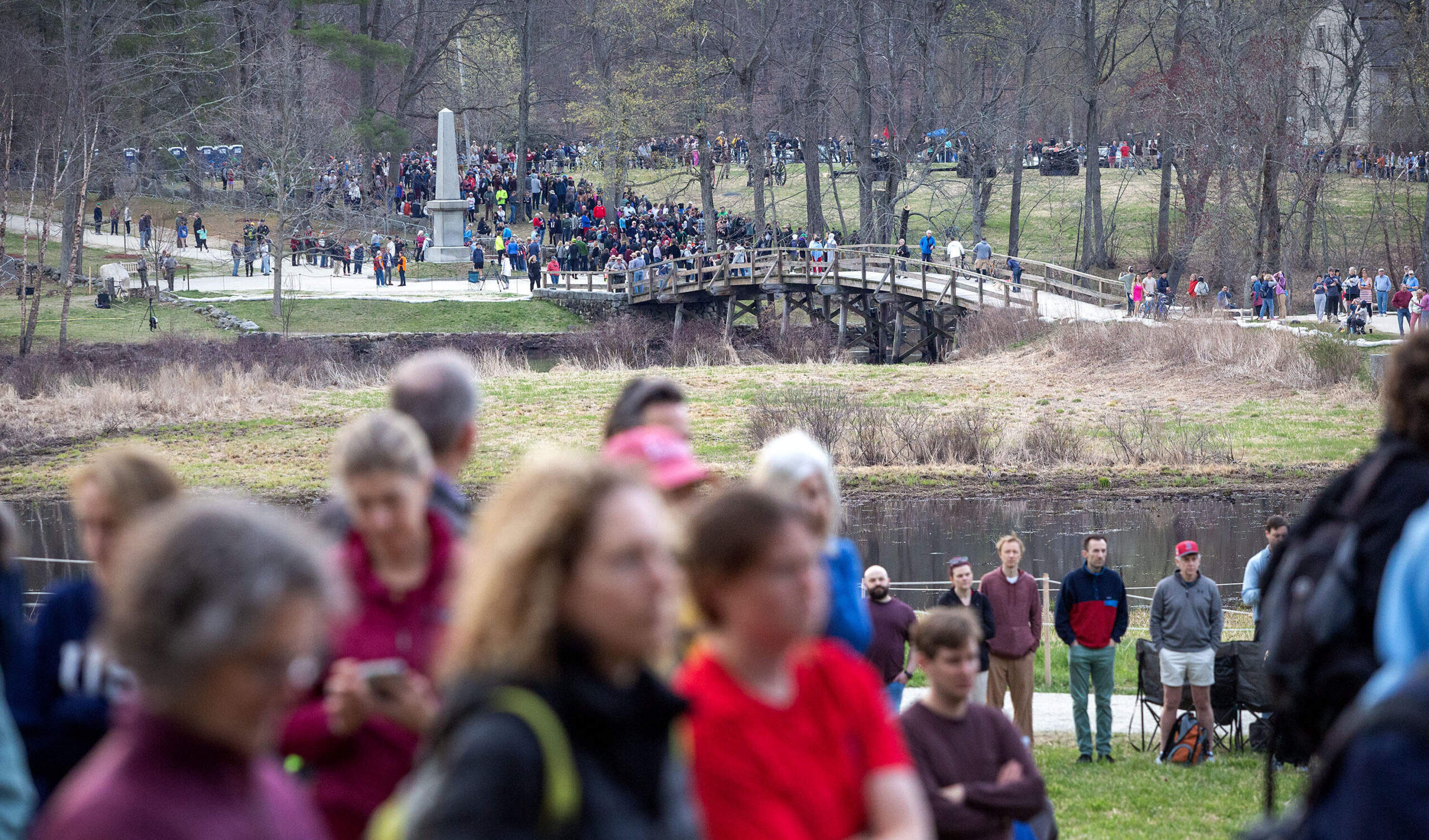Two hundred and fifty years ago, shots fired in Lexington and Concord sparked the revolutionary war. A new nation, independent of Great Britain, was about to be born.
Before Dawn on Saturday, the men of Lexington Minute played the infamous battle of Lexington Battle Green. The action began around 4 am, as reconstitutors – including the men of the militia and the many women and children representing their families – crushed about the common city.
Holding lanterns for light, they discussed the imminent arrival of “regulars” or British soldiers from Boston, and if women should evacuate.
Shortly before 6 a.m., when Dawn broke, women and children left the ordinary, leaving a group of rag-tag of about two dozen militiamen to face the British soldiers walking east of Boston.
You could hear their fifles and their drums before seeing them, but a few minutes later, the Green Battle was full of red coated soldiers holding muskets with bayonets at the end.
The two parties were ordered not to shoot, but someone – history does not know who – has done. And war started.
The battle itself only lasted a few minutes. At his conclusion, eight men of Lexington died on the grass and the British walked towards Concord.
The reconstruction occurs every April in Lexington, but this year, to mark the 250th anniversary, the city and the reconstitutors have done everything. And thousands of people from the Grand Boston region and beyond came to watch.
“It is so surprising to see how many people are enthusiastic about the idea of history,” said Justin Murray, professor of social studies in the eighth year at Leicester who portrayed a British sergeant in the battle.
Murray has been part of this reconstruction and others for 13 years. And although historical precision is always essential, he said this year that everyone worked very hard.
“Thus, each person in our group, for example, had new breezes-these are the pants we wear,” he said. In the past, they have worn cotton bits which, although not historically precise, were easier to find. This year, they made follies for wool pants.
“And we use our own money for that,” he added. “It’s hundreds of dollars just to get a new set.”
The spectators said they appreciated the effort towards historical precision. Tami Kellogg de Cambridge said she was delighted to see women in reconstruction.
“It gave the image of the whole village,” she said. “It gave this image that it was really a community and a society that was touched by what was really a war.”
Many present had already seen the reconstruction. But for Maya Benet, from 20 -year -old Lexington, it was the first year that she felt motivated enough to wake up for this.
“I learned about this every year from the third year, so it’s incredible to see,” she said. “It’s so fun to see so many other people coming here today and celebrating.”
Despite the rumors of the right -wing demonstrators, the morning took place peacefully – finally, as peacefully as a reconstituted battle can take place.
At 6:30 am, the British soldiers had left, walking on Concord where the next phase of the 250th celebration criticized.
Later in the day, parades and other commemorative events take place in Lexington and Concord and in other revolutionary cities of Massachusetts.
See the photos of the reconstruction in Lexington below:
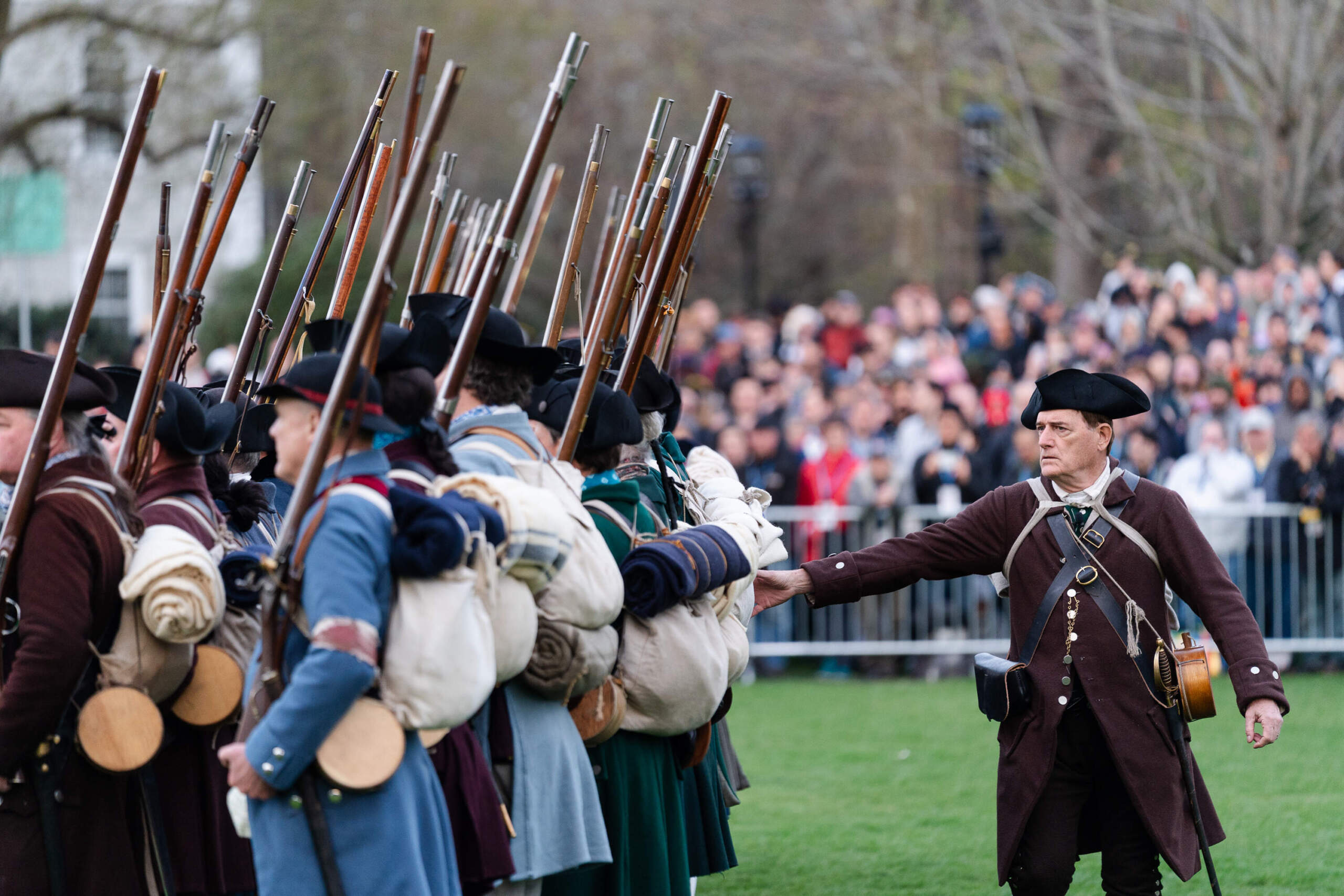
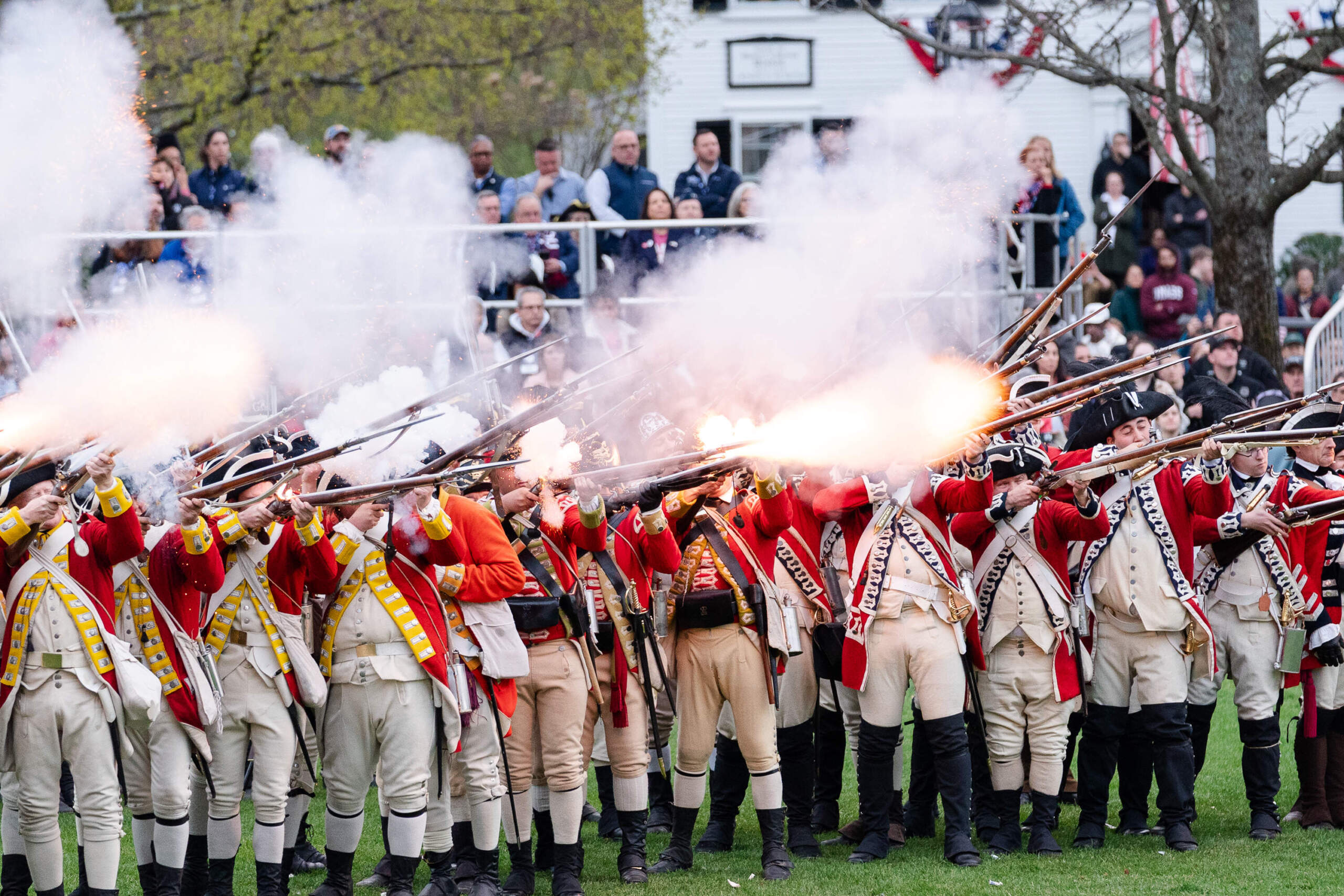
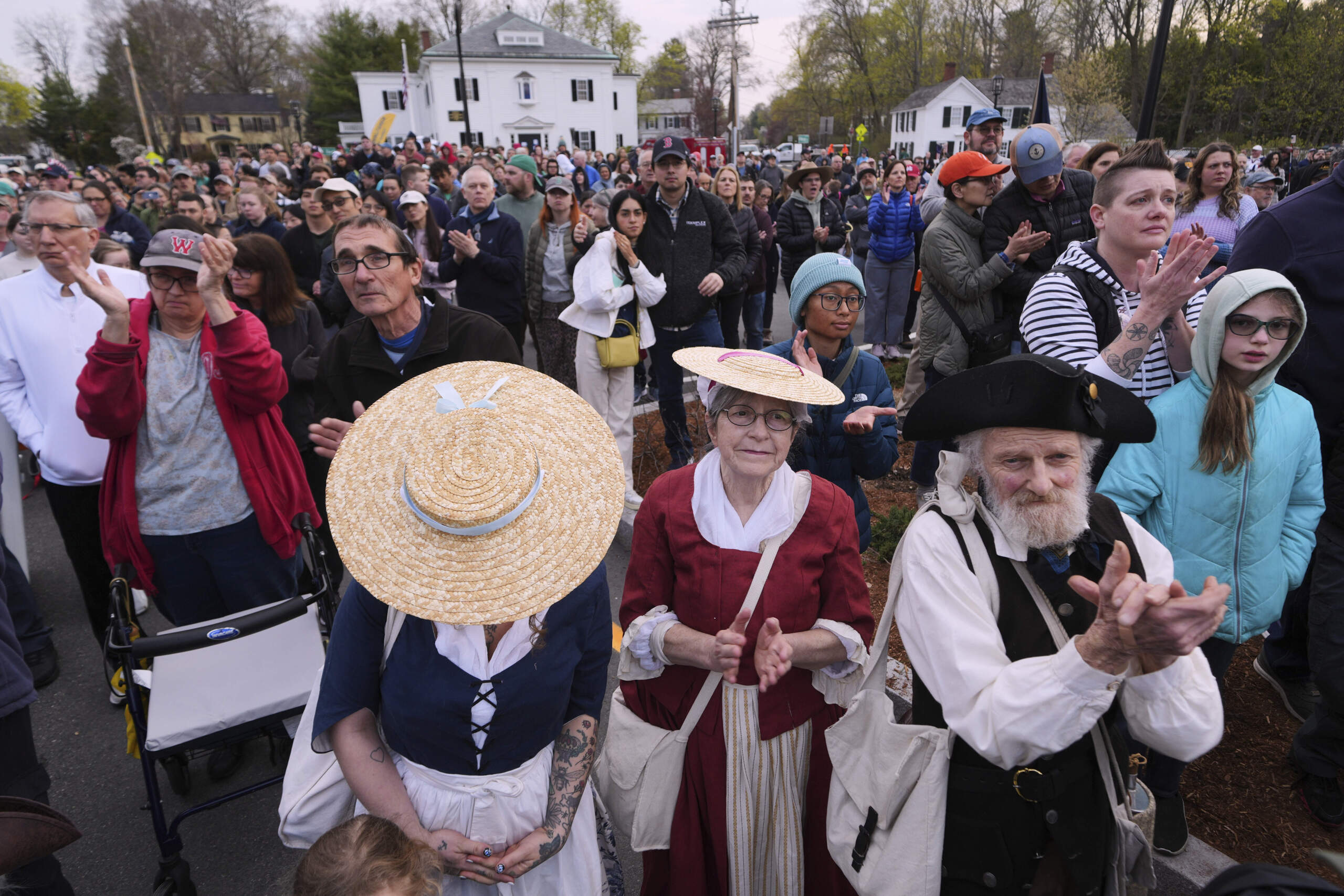

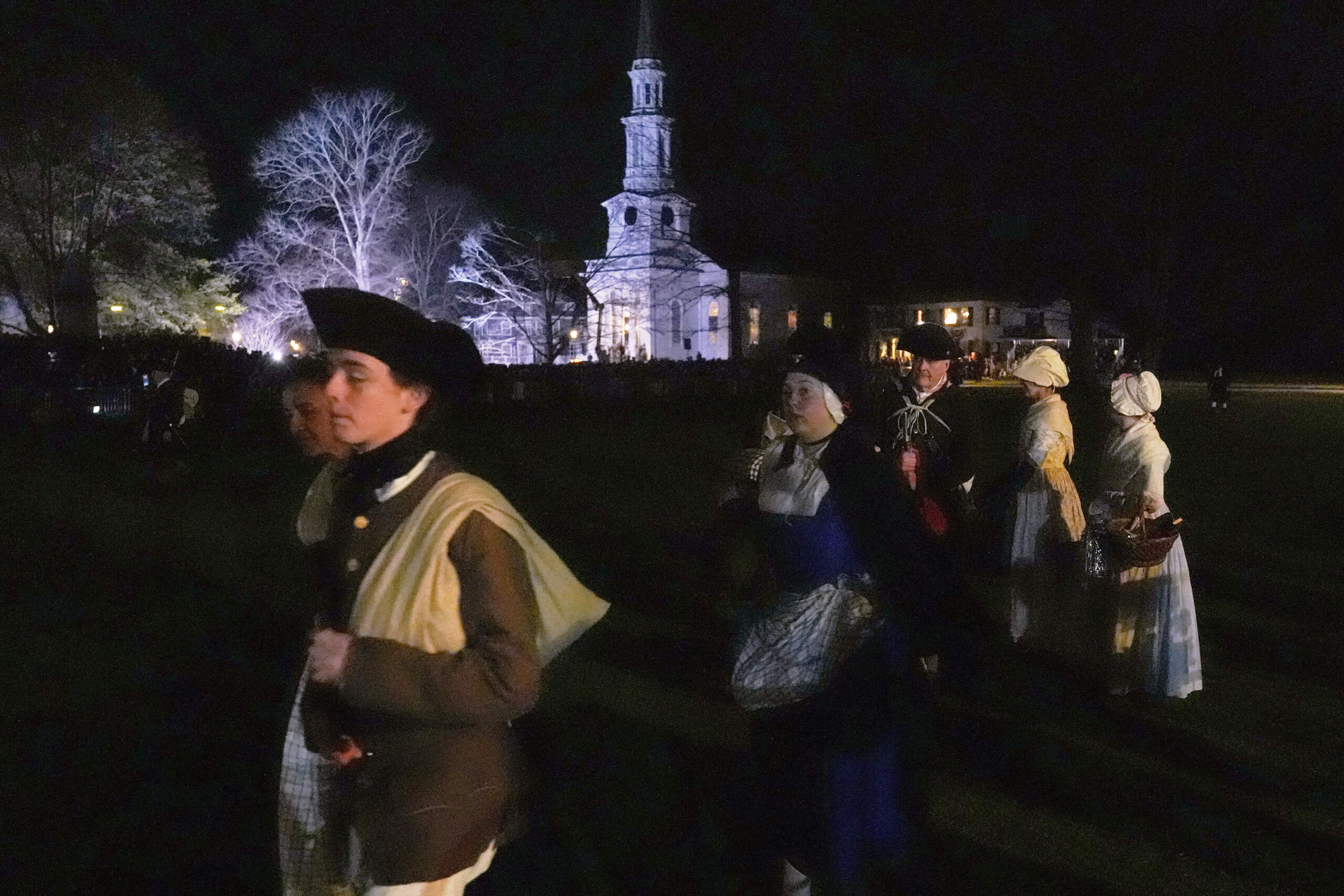
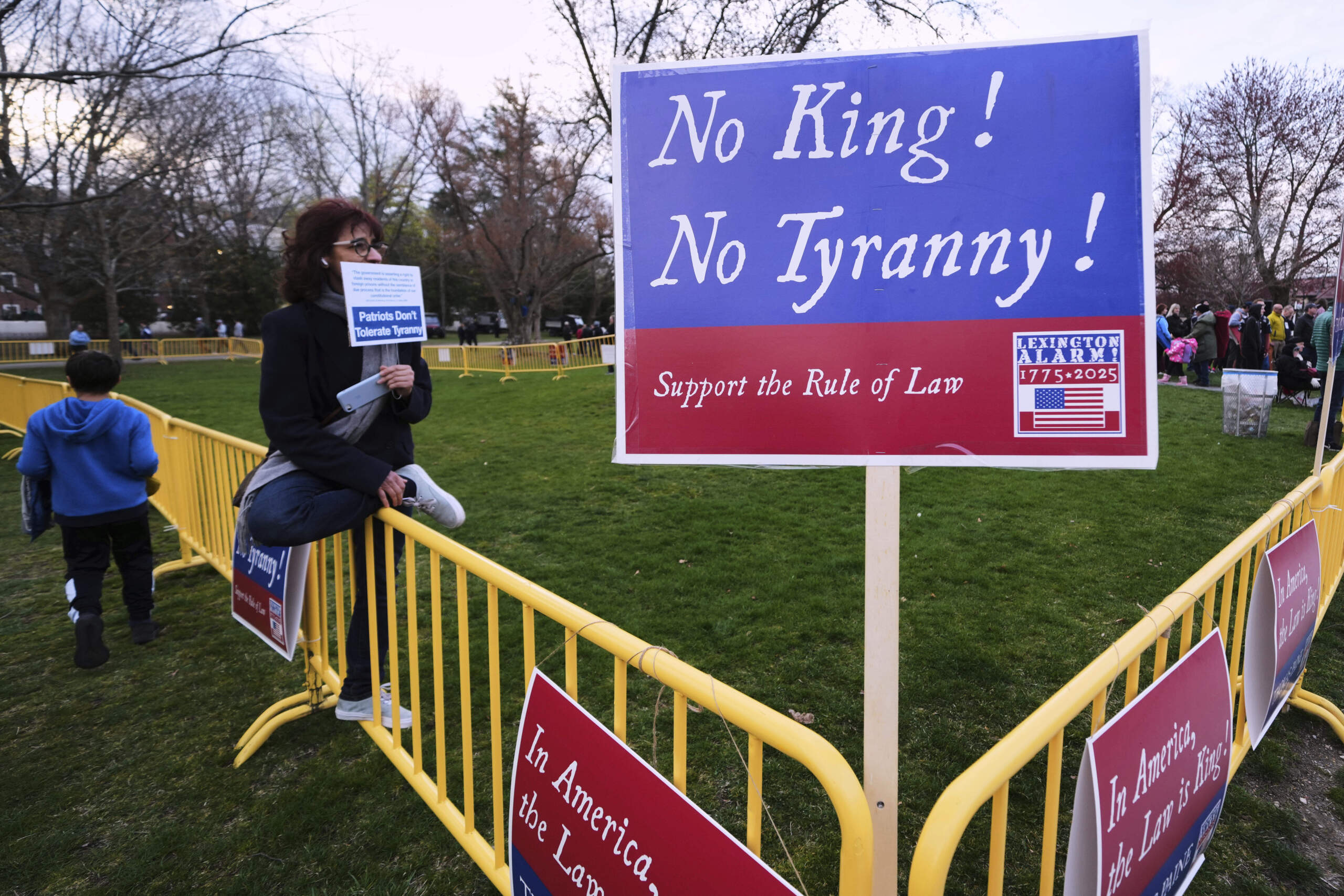
And see the photos of the Concord reconstruction below:
